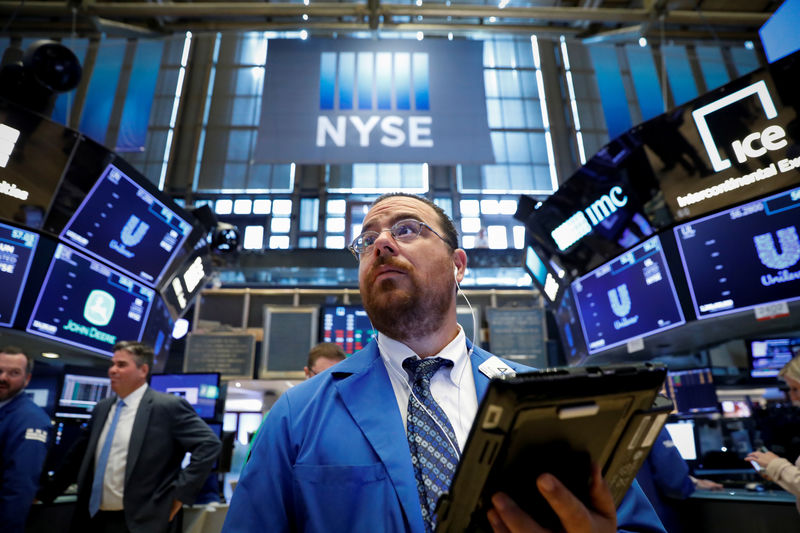(Bloomberg) -- It may turn out that five new special purpose acquisition companies per day was too many.
SPAC mania is showing signs of hitting a stock-market saturation point, with an index tracking blank-check flyers suddenly down about 20% from its peak. The craze is being clipped as quickly as it whipped up, with sentiment souring on growth stocks amid a runup in interest rates and rotation into beaten-down names. Before the selloff, SPACs had almost doubled since October.
“When the price is moving up way faster than fundamentals can justify, that screams risk to us, and people who have those exposures are experiencing that risk today,” said Matt Stucky, portfolio manager at Northwestern (NASDAQ:NWE) Mutual Wealth Management Co. “It’s an awfully risky proposition to have a lot of capital invested in an exposure that is pretty volatile.”
The group’s meteoric growth has come to symbolize speculative behavior in equities. SPACs surged as famous executives, athletes, private-equity giants and venture-capital firms alike rushed to raise money for yet-to-be identified future investments, tapping appetite for early-stage companies. In the first two months of 2021, 175 SPACs sold initial public offerings, or roughly five deals per trading day, according to data compiled by Goldman Sachs Group Inc (NYSE:GS).
In February alone, 90 SPACs raised $32 billion, a monthly record. Should the current pace of issuance persist, this year’s offerings will surpass the full-year total of 2020 before the end of this month, Goldman Sachs strategists led by David Kostin estimate.
“The blistering pace of issuance is likely unsustainable,” they wrote in a note this week.
The pace of money raising from SPACs has far exceeded the heydays of traditional IPOs during the dot-com era. In terms of dollars, SPAC issuance has been running at a clip of $28 billion a month, Goldman data show. In 1999 and 2000, companies raked in an average $5.4 billion a month through initial offerings, according to data compiled by Jay Ritter, professor of finance at the University of Florida’s Warrington College of Business.
Riskier areas of the market have sold off in recent days amid a bout of Treasury market volatility. The IPOX SPAC Index, which tracks the performance of a broad group of special purpose acquisition companies, has fallen toward a bear market, down about 20% since a mid-February peak. It’s on track for its second-worst week ever relative to the S&P 500.
Meanwhile, the Defiance Next Gen SPAC Derived ETF (ticker SPAK), is also down about 20% from its February top, with the fund on pace for its worst week of outflows on record.
While it isn’t crazy that SPACs became popular given their structure and relatively loose listing requirements, according to Marketfield Asset Management’s Michael Shaoul and Timothy Brackett, any frenzy of this magnitude tends to result in “a long and expensive period of regret.”
Outsize returns for buyers look “much less likely (on average) today than it did six months ago, given the bloat of size and number of deals and the ramp-up of negotiated valuations,” they wrote in a note. “Of course this is not a coincidence, since it is the massive expansion of market cap caused by SPAC issuance that is helping undermine its prior success.”
©2021 Bloomberg L.P.
